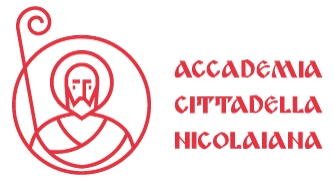Built from the eleventh century to celebrate the liberation of Bari from the Saracen yoke, the Church of Saint Mark of the Venetians is a fine example of Romanesque architecture, well placed in the urban context of the Old City.
It still preserves part of the medieval facade and is recognizable by the rosary beads gate and by the winged lion, symbol of Venice and Mark the Evangelist.
In the second half of the seventeenth century, the church was occupied by the fraternity of St. Anthony and, later, by the Franciscans of the Sanctuary of Our Lady of the Well of Capurso.
The elevation is characterized by a beautiful arched gate, which recalls motifs of St. Gregory and the open worked rose window, with the lion of San Marco in the center. The interior, with a single room and sacristy, is divided into two sectors by arches resting on pillars. It seems to be possible to get a glimpse of the structure of a previous church with three naves, then deprived of the left one, probably during the course of renovation work carried out in the seventeenth-eighteenth century. Inside the building there is the altarpiece of the Madonna del Pozzo, a holy water stoup, an eighteenth-century altar, a painting of St. Mark with the Lion and statues of St. Anthony and St. Mary of the Well. One of the decorative elements of the façade is a radial rose window. A winged lion by Pietro Facitolo is placed near the rose window.




